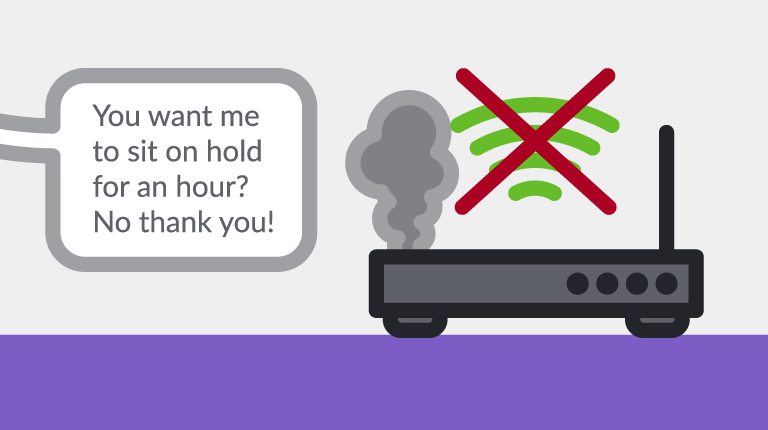It used to be there was only one way into a contact center. A single channel where customers called in, agents responded and resolved, and then moved to the next call in the queue. But as new forms of communication continue to be introduced–email, web FAQs, web chat, social media, and SMS, to name a few–along with the exponential growth of mobile and home devices, it’s clear that a single channel approach just doesn’t scale
Even more problematic, as these channels come online, siloed customer care solutions are popping up in the marketplace. These siloed solutions can work well for individual channels, but can’t be used across channels. This approach leads to inconsistent experiences for users and complexity in the organization. The result? Frustrated customers and businesses.
So, how do you best connect the dots between your care channels and define both a near-term and long-term strategy with a customer care solution that can scale, achieve efficiency, and improve customer satisfaction? Here’s a look at some of the current approaches available today.
Multichannel
A multichannel approach offers customers the choice and convenience of utilizing different channels for customer service such as voice, email, SMS, chat, and social. When it was first introduced, multichannel took off because suddenly there were so many more options for the customer and enterprise to communicate with each other. The multichannel approach seemed like a great leap from the single channel days. However, because the multiple channels don’t have awareness of one another, they can’t pass information between them. Therefore, customers need to repeat themselves as they move across channels, which leads to fragmented and frustrating experiences.
Omnichannel
As with multichannel, the omnichannel platform approach also uses multiple channels but the difference is that the channels are able to pass information to each other. A major benefit of omnichannel is that you can start a conversation on one channel, then move to a second channel and continue the same conversation–exactly where you left off. To do this requires something called persistence. Persistence is the underlying logic that maintains the conversation and then takes that information to the next customer interaction, all while keeping it in context. This provides a consistent customer experience across channels and can lead to higher productivity and satisfaction for both the customer and enterprise.
Another great benefit of omnichannel is that you can apply the persistence technology to also deliver a highly personalized user experience. A truly omnichannel application is aware of any recent interactions that a customer has had with a business. That means that you can greet them by name, and suggest the reason why they may be getting in touch. “Hello, Jane! Are you calling about <your recent service request>?”
But what about Multimodal?
Let’s take it a step further. One critical part of a true omnichannel experience is that the underlying technology used can have and also manage conversations in multiple ways. Enter multimodal. A great AI platform is multimodal, meaning the platform is architected to manage voice, text, and touch based interactions. It requires that the platform has a blend of technologies–including ASR, NLP, ML, and dialog management–and is architected in a way that treats all interactions in the same way.
What’s the Right Strategy for You?
Most companies today are operating in multichannel, but it may be costing them–not only in operational expenses to maintain disparate platforms, but also in the loss of customers who are frustrated by the disjointed experience. Modernizing customer care means taking the leap to an omnichannel platform. This allows for the addition of channels and the creation of a user experience that your business needs today while also laying the foundation to scale and grow (consistently) for the future.





